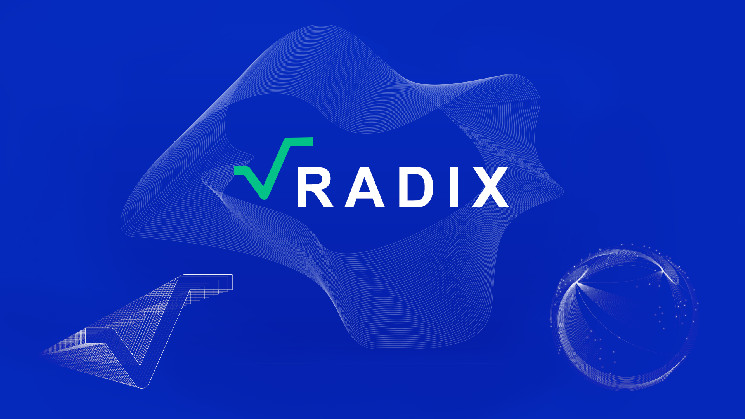According to a recent press release, Radix protocol, a leading layer 1 DeFi protocol, unveiled the final configuration for its Olympia Protocol Update. This move will not just update the roadmap but will also bring an irreversible step towards the highly-anticipated Babylon Mainnet migration set for the end of September 2023.
Radix’s Roadmap From Olympia To Babylon
Radix Publishing, a leading developer of code for the Layer 1 smart contract platform Radix, confirmed the forthcoming release of the final configuration for its Olympia Protocol Update, scheduled for the end of August 2023. This development represents a decisive and irreversible step toward the migration to Radix’s Babylon Mainnet network, planned for completion by the end of September 2023.
The migration to the Babylon Mainnet is a seminal event, signaling the formal inauguration of the expansive Radix ecosystem. Over the fourth quarter of 2023, the ecosystem is set to witness the launch of more than 50 diverse projects, encompassing Decentralized Exchanges (DEXs), stablecoins, money markets, gaming platforms, NFT marketplaces, and a variety of other decentralized finance (DeFi) applications.
Distinctively, each of these 50-plus projects brings unique value to the table, as Radix (XRD) distinguishes itself by being more than just a smart contract platform. The projects have chosen to launch on Radix due to its ability to offer a smooth Web3 user experience.
For developers, Radix promises an environment that enhances productivity by an average factor of five compared to Ethereum while simultaneously minimizing the risks associated with DeFi hacks and exploits.
Olympia Becomes The Full Stack For DeFi
Olympia serves as the inaugural version of the Radix Public Network, laying the groundwork for all subsequent releases and enabling users to leverage core Radix features. It will introduce the Radix ledger and its native XRD token, which will persist through future updates. While eXRD tokens on Ethereum will remain, they can be exchanged 1:1 for XRD via the soon-to-be-released Instabridge service or supported exchanges like Bitfinex.
XRD will be essential for transaction fees and network staking, with details on its delegated proof of stake (dPOS) system and staking incentives to be released soon. Initially, Olympia’s application layer, the Radix Engine v1, will focus on token issuance, usage, and staking.
Olympia was successfully deployed on July 28, 2021, showcasing the platform’s core technologies, including native assets, delegated proof of stake, and the Cerberus consensus mechanism. Since its launch, Olympia has flawlessly processed over two million transactions with zero downtime.
As the final Olympia Protocol Update is set for release at the end of August 2023, it will pave the way for the transition to the Babylon Mainnet. Babylon represents the full-fledged launch of Radix’s comprehensive suite for DeFi and Web3, featuring the Radix Wallet.
This wallet will offer users a host of capabilities, such as human-readable transactions, trade guarantees, Native Assets, Smart Accounts, and Personas, all within a mobile-centric interface that can effortlessly transition to a desktop experience.
For the developer community, Babylon introduces the Scrypto programming language and the Radix Engine virtual machine for executing smart contracts. This marks a robust moment, bringing an asset-centric approach to Web3 and DeFi development, where tokens and NFTs become integral components of the programming landscape.
